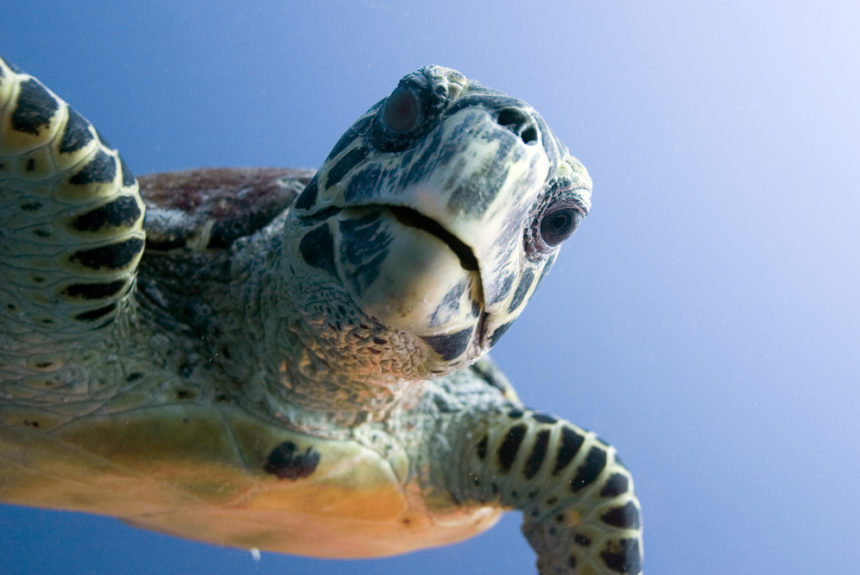We live in an age where we’re frequently informed about new discoveries and species, but sadly at the same time every day we learn about the loss of species due to climate change, habitat loss, pollution and many other reasons.
Many very different species have been lost over hundreds, thousands even millions of years and we will never get them back. From dinosaurs and dodos to frogs and mammals, here are some of the most famous extinct animals ever. Perhaps by learning about them we can learn how to save other species from the same fate.
- Tyrannosaurus Rex
Tyrannosaurus Rex was the largest carnivore ever known, boasting powerful jaws that could slice through flesh like a knife. It had an extended, stiff skull with vents for cooling its brain as it consumed prey. Nowadays, it is a wonderful theme for everyone interested in history and fun projects like the Animatronic T-Rex Dinosaur.
The formidable animal used its 60 serrated teeth to crush and pierce prey with ease. Furthermore, these formidable teeth were incredibly strong; capable of withstanding up to six tons of pressure.
Tyrannosaurs had a unique bite compared to other carnivores, due to their U-shaped upper jaw tip which allowed for greater damage from bites.
Tyrannosaurs were once the apex predators of their time, but eventually went extinct during a Cretaceous mass extinction event. Scientists believe that lack of food was the primary factor behind their demise.
- Stephens Island Wren
This flightless bird, an Acanthisittidae member, was once common throughout New Zealand but eventually died out due to predators such as the Polynesian rat. Stephens Island became an isolated island and the wren adapted by becoming flightless to adapt to its environment.
Its features included a reduced keel on its breastbone and short, rounded wings, which prevented it from flying. As such, it could only hop from branch to branch and run on the ground.
David Lyall, a lighthouse keeper on Stephens Island, discovered this species. He sent specimens to ornithologists Sir Walter Buller and Walter Rothschild for study.
- Plesiosaur
Plesiosaurs were marine reptiles that lived during the Early Jurassic Period. These large aquatic creatures had long necks, powerful flippers, and a short tail.
These reptiles had small heads and sharp teeth, enabling them to feed on a variety of animals such as fish and ancient squid-like molluscs.
Throughout the Jurassic era, Plesiosaurs flourished in oceans worldwide. However, with passage of time they began to disappear from existence.
Plesiosaurs were extinct during the Cretaceous period (66 million years ago) due to a lack of natural predators.
- Hawaiian Thrush
Hawaiian Thrush was an endemic forest bird that became extinct due to introduced predators and diseases. Black rats decimated its nesting habitat, while mosquitoes spread avian pox and malaria among birds.
The Omao, like a robin, is one of the few remaining endemic thrushes in Hawaii – along with Puaiohi on Kauai. Unfortunately, this species is critically endangered, and researchers suspect avian disease to be the primary factor behind its decline.
The Omao’s song is one of the most distinctive sounds among native forest birds. It is known for its wide-ranging flights in search of endemic o’hi’a flowers that bloom only at elevations over 1,000 m (3.3 ft) above ground. When nesting, this species typically rests in trees at over 1,000 m above sea level (3.3 ft).
- Rhinoceros
The word rhinoceros derives from the Greek words for nose and horn. There are five species of rhinos worldwide; two in Africa and three in Asia.
Each rhino species has either one or two horns on their nose. The African black rhino, white rhino and Sumatran rhino all possess two horns, while Javan rhinos and greater one-horned rhinos only possess one horn.
They are enormous animals, with a long neck, thick legs, a broad chest and short tail. Their skin is thick and acts as protection for them but their blood vessels lie close to the surface which makes it highly sensitive and vulnerable to scarring.
These social animals tend to congregate together in groups of a dozen or more. Although they can give birth to twins, the black rhino’s range has drastically diminished over the years; now only a few pockets of protected areas in Africa remain, while Javan rhinos and greater one-horned rhinos can be found in certain nature preserves in Asia. The northern white rhino of Africa is one of the extinct species with just 2 females left and no hope of breeding any more.


